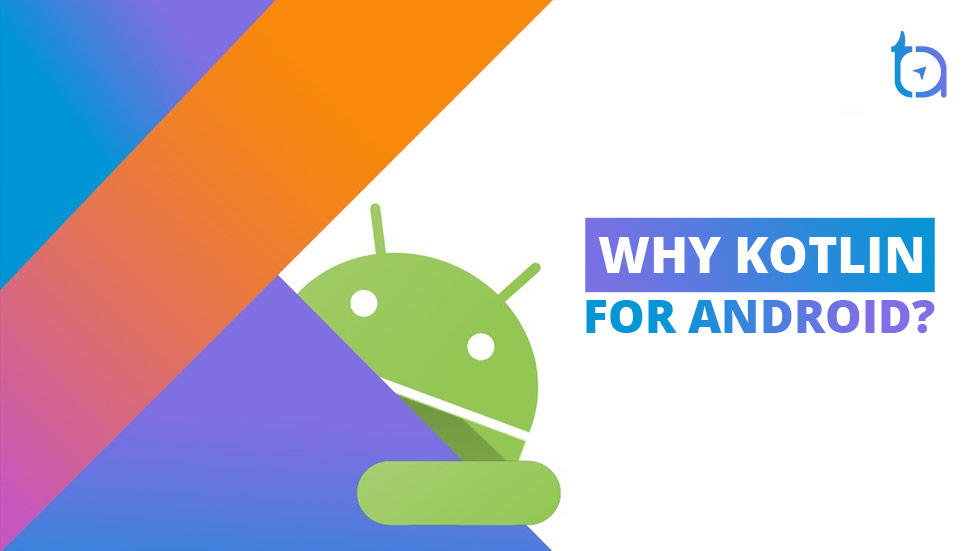

Kotlin Multiplatform Mobile projects are still considered alpha, which means features and tooling may change in future Kotlin releases, but nonetheless it is getting more mature fast, with almost all its components already considered beta. While the superset, Kotlin Multiplatform, enables you to include other platforms like Linux, Windows and the web (JavaScript). Kotlin Multiplatform Mobile is a subset of Kotlin Multiplatform and allows you to write business logic code for both iOS and Android from within a single codebase. In my opinion it doesn’t really matter what it is, although Jetbrains, the company behind Kotlin, says it’s an SDK, as long as it does what it says it does. Some say Kotlin Multiplatform Mobile is an SDK, a mechanism, an extension or even a way of living.

Is this new player in town worth to invest your valuable time in? In this article, we’ll explore Kotlin Multiplatform, what it is, how it is different from what already is available, how it works, and finally arrive at a conclusion as to why you should at least try it in one of your next mobile projects.

Way more solutions and technologies saw the light of day than I can think and can keep track of and with Kotlin Multiplatform (Mobile) there is a (fairly) new player in town. Development Kotlin Multiplatform – A remedy for all mobile app development?Įver since mobile apps were built there was a desire to have a single codebase that can run upon multiple platforms.


 0 kommentar(er)
0 kommentar(er)
